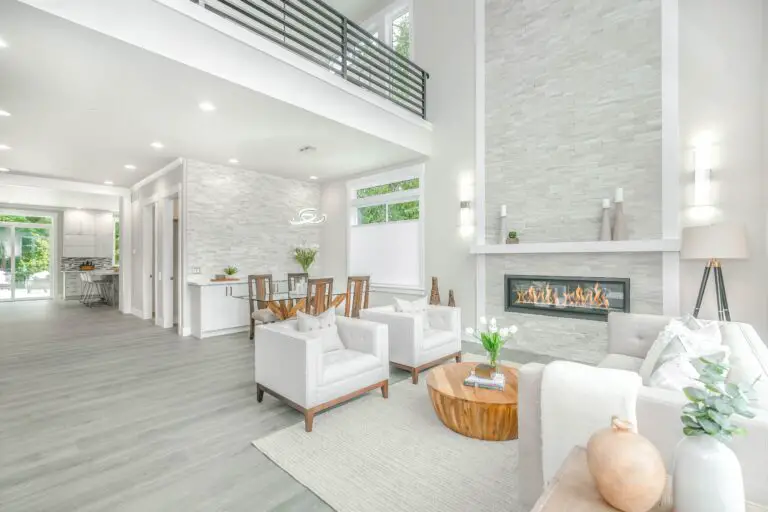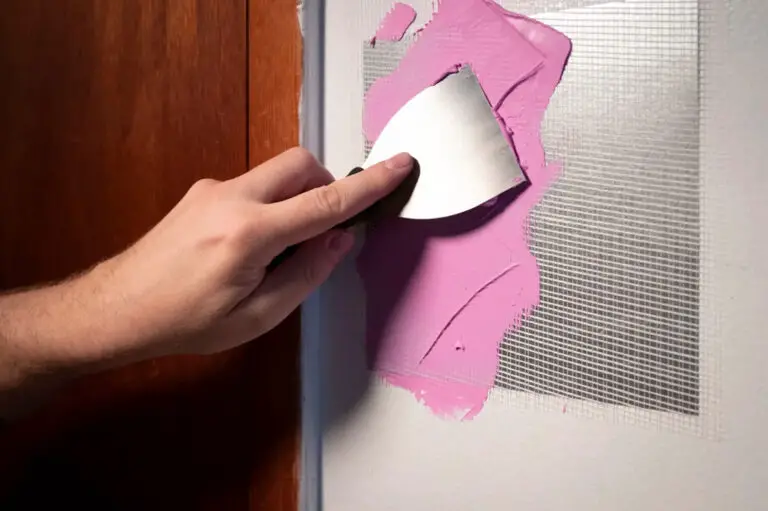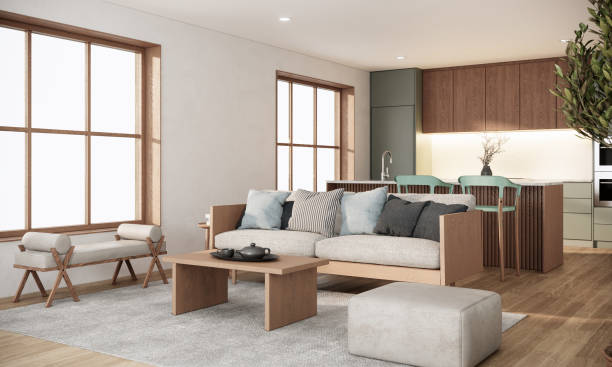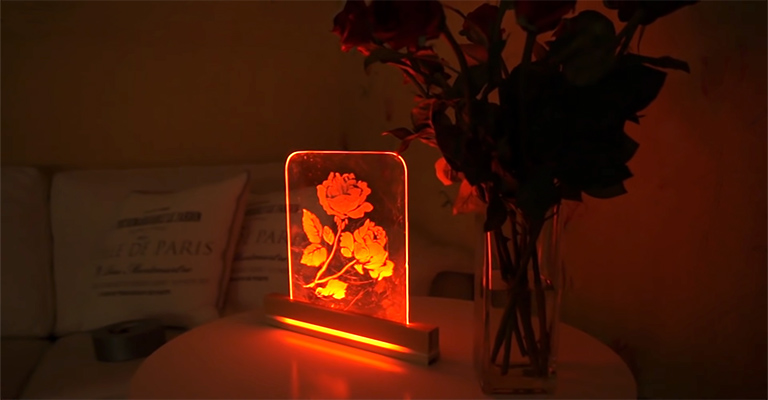Pony Wall: Discover This Unsung Gem for Your Home
Pony walls, despite their whimsical name, are a stylish and functional addition to many modern homes. For those not familiar with the term, a pony wall is a short, half wall that acts as a divider, typically rising halfway between the floor and the ceiling.
Originating in the early 20th century, these charming additions have since transformed many interior spaces with their blend of functionality and aesthetic appeal. This article delves into the world of pony walls, exploring their history, uses, benefits, and the current trends surrounding them.
The History of Pony Walls
The term “pony wall” is believed to have derived from the half-wall’s original purpose: to restrain ponies in home stables. Back in the day, many homeowners had personal stables attached to their homes. These short walls, usually around the height of a pony, were designed to keep the animals within their designated spaces while still allowing for easy feeding and care.
As times changed and home stables became less common, the pony wall found its way indoors. By the mid-20th century, it had transformed from a functional divider in stables to a trendy and fashionable addition in homes.
Popular Uses of Pony Walls
While the uses for pony walls are vast, some of their most popular applications include:
Room Dividers
Often found in open-plan homes, pony walls serve as a subtle division between spaces, like separating the dining area from the living room.
Staircase Borders
These walls can act as elegant guards on one side of a staircase, offering a mix of safety and design.
Kitchen Counters
Pony walls can support kitchen islands or breakfast bars, providing a functional and stylish division between the kitchen and the next room.
The Benefits of Adding a Pony Wall
Space Definition
In modern homes with open floor plans, defining separate areas without compromising the spacious feel can be a challenge. Pony walls effortlessly create a sense of division while maintaining an open and airy atmosphere.
Additional Storage
Some homeowners choose to integrate shelving or cabinets into their pony walls, making them functional storage units.
Aesthetic Appeal
With endless design possibilities, from choosing materials to adding decorative elements, pony walls can become the focal point of a room.
Flexibility
Pony walls are non-load bearing, meaning they can be easily added, modified, or removed as a homeowner’s needs and tastes change.
Trends Surrounding Pony Walls
In today’s interior design landscape, pony walls are undergoing a renaissance. Here are some trends we’re seeing:
Natural Elements
Incorporating materials like wood or natural stone can bring warmth and texture into space.
Glass Topped
Adding a pane of glass on top of a pony wall can maintain an open feel while offering a touch of modern sophistication.
Tiled Designs
Many are opting for decorative tiles to adorn their pony walls, turning them into statement pieces.
Tips for Integrating Pony Walls into Your Home
If you’re thinking about adding a pony wall to your space, here are some pointers to keep in mind:
Consider the Purpose
Will your pony wall be purely decorative, or will it serve a functional purpose, like storage?
Material Choices
From brick to wood, your material choice will significantly impact the wall’s look and feel.
Hire Professionals
While adding a pony wall may seem like a simple task, it’s best to consult with a professional to ensure its stability and longevity.
The Return of the Pony Wall: Modern Interpretations
While pony walls have been around for a century, their application has constantly evolved, reflecting the changing tastes and needs of homeowners. Today, the modern architectural landscape is teeming with creative interpretations of the pony wall.
Modern-Day Innovations:
Integrated Lighting
Many designers now incorporate mood lighting within or atop pony walls. This not only adds a layer of ambiance but also accentuates the wall’s features, making it a true centerpiece.
Eco-friendly Materials
With sustainability becoming paramount, many are choosing to build pony walls using reclaimed or recycled materials, reducing the environmental footprint of their designs.
Interactive Walls
Some innovative designs include tech integrations, transforming pony walls into interactive surfaces, whether for lighting control, sound systems, or even digital displays.
Care and Maintenance
While pony walls are generally low-maintenance, regular upkeep ensures they remain pristine and serve their purpose for years. Here are some general care tips:
Regular Cleaning
Depending on your material choice, you might require specific cleaning agents. For instance, natural stone might need a gentle cleanser, while wooden pony walls might benefit from occasional polishing.
Inspection
Over time, a pony wall, especially one with integrated storage or tech, might need occasional inspections to ensure everything is in working order.
Refurbishment
Design trends change, and your pony wall can too. Consider repainting, retiling, or adding new elements to give your pony wall a fresh look without a complete overhaul.
The Future of Pony Walls
As homes continue to evolve, so too will the role of the pony wall. Its adaptability makes it ripe for further innovation. The future may see pony walls that are even more multifunctional, perhaps serving as vertical gardens in eco-conscious homes or becoming hubs for smart home control.
Final Thoughts
In the ever-evolving landscape of interior design, pony walls, also frequently referred to as knee walls or half walls, have firmly established their importance. Originally rooted in practicality as cripple walls supporting floor joists or as a foundation wall, these short walls have come a long way.
From being bathroom separator pony walls ensuring privacy to children’s space pony walls adding charm, or even a staircase pony wall enhancing safety, their versatility is unmatched. While not typically load-bearing walls like the robust stem wall, the half wall design incorporated in many pony walls can still provide structural support.
In contemporary homes, it’s common to spot at least one wall flanking a luxurious soaking tub or even a pony wall bookshelf acting as a unique design element. As homeowners continue to innovate, it’s evident that these walls, despite their modest size, play a significant role in shaping our living spaces.






